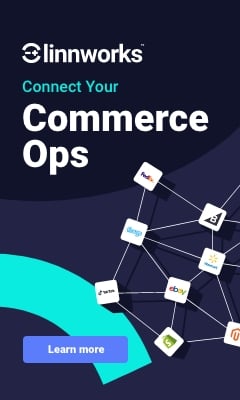How to get on the shopping list
A new Retailbulletin/ResearchFarm report, Online Grocery Retailing in 2012: Beyond m-commerce and click & collect, future models and 6 innovation ideas, finds that entirely new marketing strategies for FMCG brands have emerged.
Online grocery growth shows no sign of letting up in the EU and the US, writes Daniel Lucht of ResearchFarm.
Entirely new marketing possibilities for FMCG companies
Arguably for the very first time consumers’ shopping lists have become accessible for FMCG companies, as the shopping lists get stored by the leading online retailers. Storing lists and making them available to shoppers is of course a key loyalty driver for online retailers, as they make repeat orders easy and convenient. According to our consumer research entering the entire list for a weekly shop for a family of four for the first time usually takes at least 45 minutes, whether this is from a player such as Carrefour in France or Tesco in the UK (even though the purchasing history displayed from Clubcard transaction data helps to shorten the journey).
This means that shoppers will mostly return to an online grocer’s site – if the deliveries have been on time, the price value ratio satisfactory and the products were delivered in good condition, rather than going through the whole lengthy process with a rival retailer.
These digitally stored lists offer significant new opportunities for marketers. Whereas previously shopping lists had been off limits, now FMCG companies cooperating with online retailers can invest in switching strategies, by placing strategically placed banner ads, digital coupons and the like directly on or next to the shopper’s list.
Moreover the targeting can be personalised and perfectioned, as the online retailer will have all the necessary data for segmenting purposes (demographic information, average transaction sizes, recency etc). If for example a brand manufacturer of a cereals brand only wants to target adult males from a specific socio economic background, who usually buy a rival brand, they can now work with the online retailer to display a voucher near their shopping list or even send a free sample of a product to the specified targeted customer to entice them to switch brands.
This approach can also be employed for new product developments. Initial testing of innovations can become a lot more targeted, as online retailers can easily identify the desired shopper target group, who should receive a sample and then track whether customers have made a follow up purchase. Indeed Peapod in the US is offering just such a service to its FMCG partners.
The report also finds that personal list keeping and data tracking is on the rise in general, driven by shoppers trying to limit their spending in tough macroeconomic times, for efficiency reasons, but also due to health concerns with shoppers making sure ingredients and calorie counts are exactly right. Arguably the main drivers for this change in behaviour are the technological innovations smartphones offer and enable. The authors of the report argue that influencing these lists will become vital marketing tools going forward.
As many lists move onto the mobile phones, with consumers tracking their own personal financial data through banking apps, fitness and health through sports and healthcare apps, having a presence in this space though offering transactional apps and links to shopping sites becomes ever more vital in order to be able to influence shopping behaviour.
For FMCG manufacturers it makes eminent sense to redouble efforts in this space or to team up with the leading online grocers to push their products and offers and be rewarded with much better redemption rates for their advertising campaigns, more relevance and increased loyalty from their core customers.
If you would like to find out more about the report, please click here to download the brochure.
You can order the report here and claim an exclusive 10% discount to retailbulletin readers, by entering the code ‘bulletin’ on the check out page.














